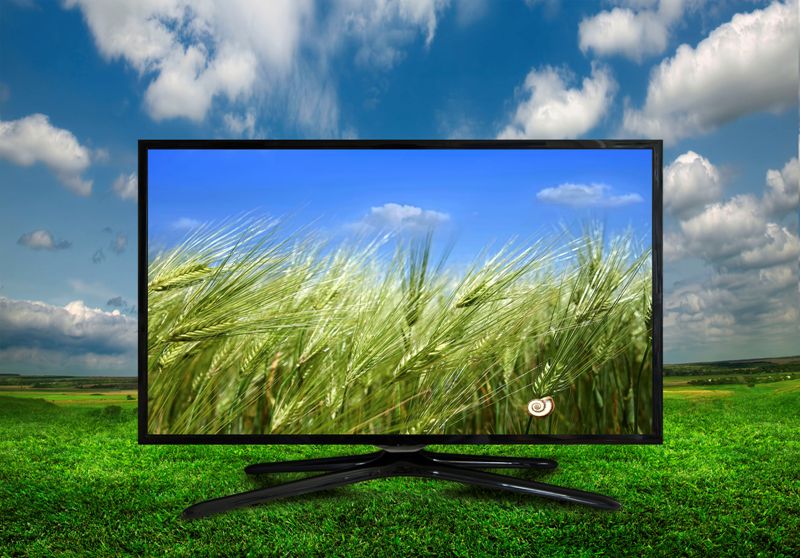Will HDMI's 4K Have The Same Fate As 3D?
Almost a decade ago, you couldn’t go anywhere without hearing someone mention the “next BIG thing” that will revolutionize the media industry. Even though 3D was – without a question – huge at its time, it is necessary to mention that it didn’t quite provide the outstanding results manufacturers hoped for. Given the circumstances and the hype generated around the HDMI 1.4 standard, some people are wondering if the so-called 4K resolution will have the same fate. Before we try to answer this question, you should first find out what made 3D flop.
Though 3D failed…

In spite of the fact that 3D was quickly adopted and became an integral part of modern gadgets, it has a major setback: there is no governing body to help with the standardization of 3D technology. In other words, while it is presented as easy to use as putting on anaglyph goggles, in the end you can’t know for sure if that pair of glasses will also work with other HDTVs or with your new Blu-ray player. Even though the important names in the industry have met several times trying to find a solution to this problem, users still wonder whether they need to utilize DLP Link or RF glasses with a 3D capable graphic card.
… 4K can learn from the mistake
Looking beyond the enthusiasm around 1.4 HDMI cables, there are quite a few problems 4K is currently facing, namely the lack of content, the high production costs and, most importantly, determining customers to embrace the new technology. Therefore, HDTVs, outboard video processors or video projections capable of HD currently struggle to upscale the 2D/3D signal to the desired 4,096 x 2, 160 resolution. On a side note, some Blu-ray players can accommodate limited 4K content, but they’re not able to play Ultra HD content or provide enough space for a full-length movie.
There are some voices that suggest that 4K could fare better – cost and implementation wise – than 3D, but because there is no content for it, it is impossible to convince customers of its benefits. For the time being, the only medium where 4K can be successfully employed consists of commercial applications, such as simulations or projections associated with the manufacturing process.
4K has the potential to succeed

4K or Ultra HD has an important role to play in the AV industry and especially in the digital cinema projection. Its main advantage is that it actually brought a solution to large TV screens (80+ inches) that couldn’t support a high resolution without displaying pixels. Moreover, manufacturers have come up with improved anaglyph glasses that don’t cut the resolution in half, but that rather display the 1080p for each eye.
In practice, these innovations mean smoother edges and greater depth of images, without any visible pixels and, who knows, maybe even without glasses in the near future. From the way things are looking at this point, you can’t help feeling that similarly to 3D, 4K will become a default standard in a few years.



